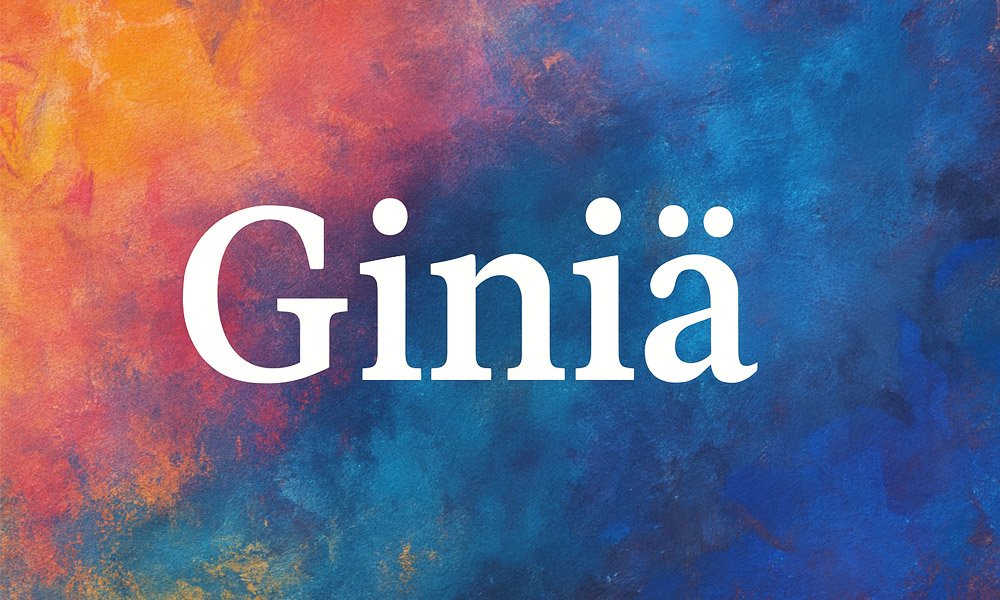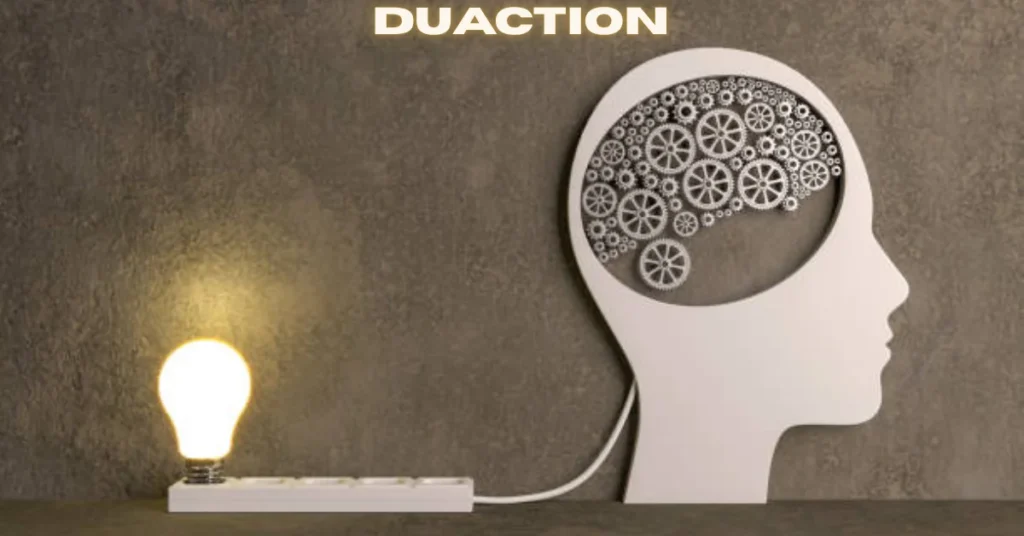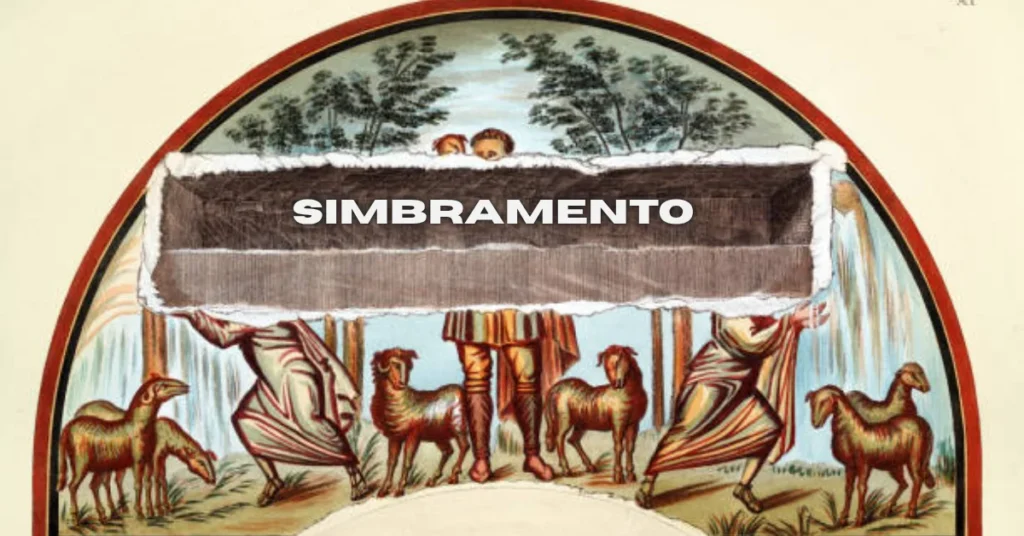You won’t find giniä in any regular dictionary. Type it in and you’ll probably see blank stares from auto-correct. But sometimes, the best words are the ones we make up—crafted to stand out, sound fresh, and spark curiosity. That’s exactly what giniä does.
Where Does Giniä Come From?
Look at the letters. You’ve got gini—a base that feels light, quick to say, easy to remember. Then there’s that little twist at the end: the ä. In languages like Finnish, Swedish, or German, that umlaut changes the whole sound. It makes the word look unique and feel international.
So, how do you say it? Maybe gee-nee-ah, or gee-nee-eh. Depends on how you want it to sound. And that’s the beauty—it’s flexible. No rulebook.
How Could Giniä Be Used?
A Brand That Pops
These days, if you’re building a new brand, the hardest part is finding a name that’s not taken, that feels modern but not cold. Giniä checks all the boxes:
- Short
- Memorable
- Looks classy on packaging
- Not tied to any one language or culture
Picture giniä on a bottle of organic skincare. Or stitched inside a sleek Nordic jacket. Or at the top of an app that promises clarity and calm. It has that minimalist vibe people love right now.
A Character Waiting To Be Written
If you read sci-fi or fantasy, you know how a good name sticks with you. Giniä sounds like it belongs in a book about distant worlds. It could be an AI guide in a future game. Or the name of a rebel leader in a dystopian novel. It has just enough mystery to make you lean in and wonder who—or what—it is.
A Symbol For Something Deeper
Artists and designers love words like this. Giniä could be a project name for an exhibition. Or an alias for a musician who wants something simple but striking. Sometimes a word like this grows to stand for an idea—intuition, new beginnings, feminine power. There’s room to shape it however you want.
Why Giniä Works For Business
Clean, Global, Free
Good brand names are simple to pronounce, easy to spell, and stand out in a crowded feed. Add the umlaut, and giniä looks modern and European, but not so complicated that people can’t type it in. Plus, there’s a good chance the domain’s not taken yet. Try grabbing ginia.com or giniä.app before someone else does.
Looks Good On A Logo
There’s balance in the letters—curves and straight lines, short and tall. It’s the kind of word that works with clean fonts, black-and-white branding, or soft muted colors. Scandinavian brands do this so well, and giniä would slide right in.
Could It Be Part Of A New Language?
Writers and game designers build entire languages from scratch. They call it conlanging. Giniä feels like a word you’d find in a glossary at the back of a sci-fi book—something that fans latch onto and repeat because it sounds cool. Maybe it means “life,” or “spark,” or “a new dawn” in some made-up tongue. That’s the magic. It can be anything.
Why Made-Up Words Matter
We live in a world where words get old fast. Brands copy each other, language shifts overnight, and everyone’s fighting to stand out. A word like giniä reminds us that sometimes the best move is to invent something new. Something that sounds nice to say, looks clean on a screen, and makes people wonder: What does that mean?
Where Could Giniä Go Next?
Tomorrow, giniä could be the name on a shelf at a design store in Berlin. Or the title of an indie video game. Or a new AI that helps you clear your mind at the end of the day. The point is, it’s open—ready to be shaped by whoever claims it first.
Final Thought
Giniä isn’t just a word—it’s a blank slate. If you’re launching a product, writing a story, or just dreaming up your next big idea, don’t be afraid of words like this. They feel modern because they are. They mean what you want them to mean.
So, if you’re hunting for a name that nobody’s thought of yet, maybe giniä is it. And if you do use it—own it. Make it stand for something people remember. That’s how made-up words become part of the real world.









Got a Questions?
Find us on Socials or Contact us and we’ll get back to you as soon as possible.